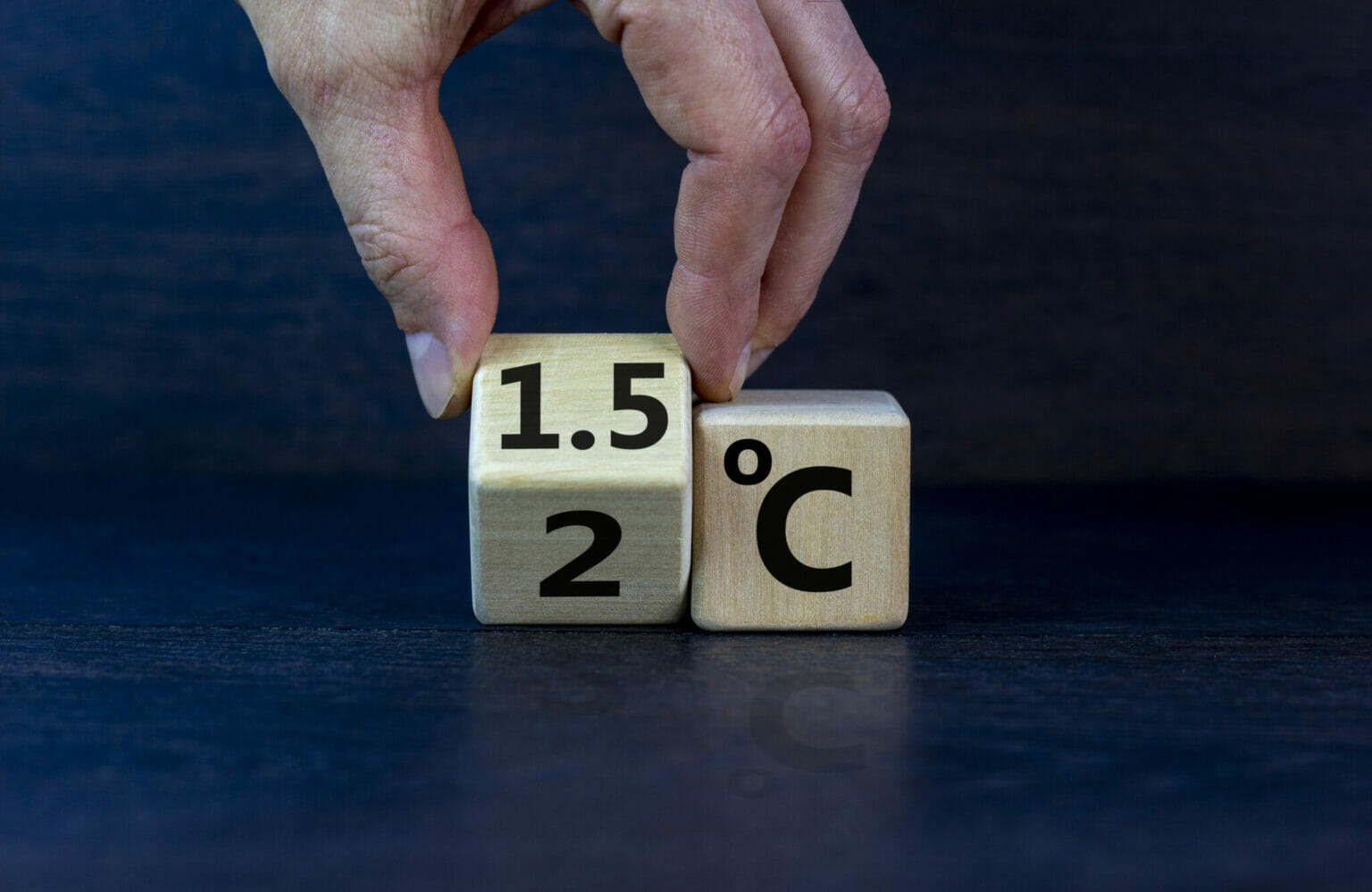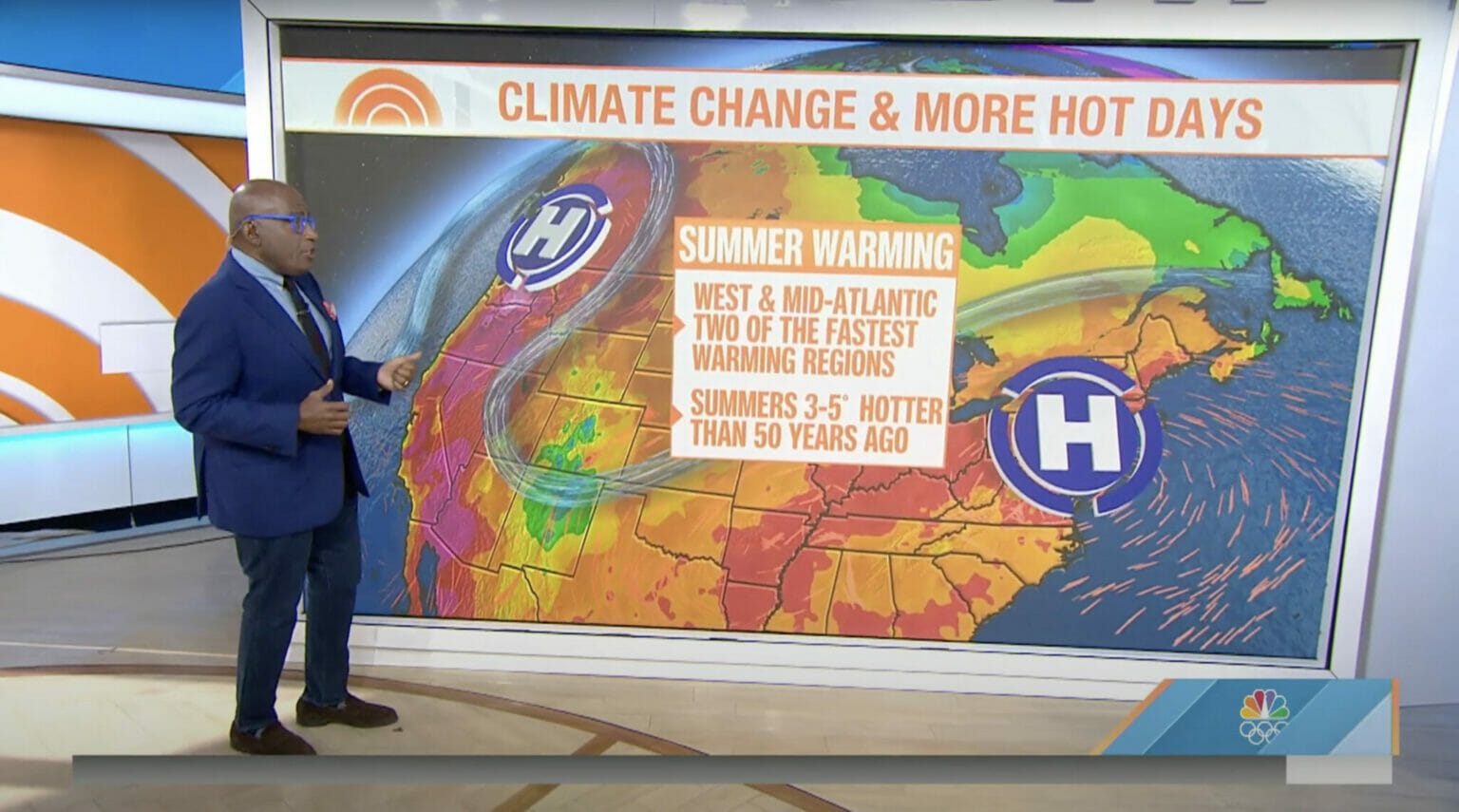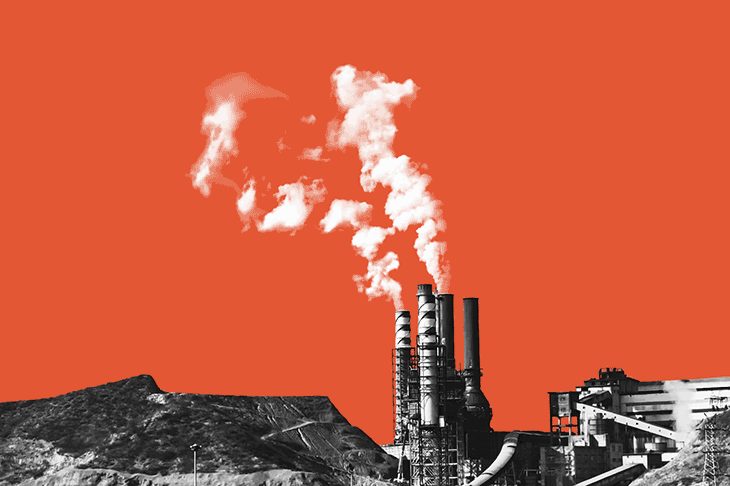Getting Started
Everyone needs to eat and drink — which makes food and water an excellent entry point for audiences to the climate story. This reporting guide contains background information and story ideas to help journalists everywhere provide coverage of the climate connections to food and water that is timely, insightful, and engaging to audiences. CCNow institutional partners have experts available to help, for a list click here.
This guide will be updated. We invite our fellow journalists to share questions you’d like to see addressed, as well as any resources and story angles that others might find useful. Please email us at editors@coveringclimatenow.org.
Like climate change itself, food and water is an expansive subject that has its complexities, especially in regards to our fast changing climate. Journalists trying to get their arms around these intersecting stories are invited to begin by considering these prompts:
- Who produces food in your region (including farmers and the companies involved)?
- How have regional farming practices changed in response to a changing climate? Are there crops that farmers can no longer produce? Is water more scarce and how are farmers dealing with that? Are there new pests or pathogens to guard against?
- What does food waste look like in your region? And how can you make that data accessible to your audiences?
- How does your government (at national, regional, or local levels) subsidize and promote food policies and practices that damage the climate? Alternatively, do your governments incentivize climate-friendly practices?
- Who is lobbying for, or against, climate-friendly agricultural practices and policies in your region? Who has a vested interest in maintaining the climate-destructive status quo?
- Are your national, regional, and local governments issuing food guidelines (dietary, agricultural, or otherwise) that foreground climate and its impact on food systems?
Storytelling Framework
The climate connections to food and water are relevant to every audience in all parts of the world, making this a story appropriate for every outlet — from local to international. While considering story ideas, don’t forget that audiences are growing tired of seeing only ‘problem’ stories that don’t include a strong ‘solutions’ component. To ensure that your coverage rigorously considers the reciprocal relationship between food and climate, apply this framework:
- Capping global temperature rise at 1.5 degrees Celsius is imperative, scientists say. Why is the 1.5-degrees-C target important to keeping humanity fed? How will different agricultural practices help keep the world below 1.5 degrees C?
- Climate justice isn’t just the morally right thing to pursue, it’s also in the self-interest of wealthy parties. Remind your audience that it’s the most vulnerable among us who are hit first and worst, and that this problem isn’t abstract for them.
- Solutions abound, but they run up against political and economic barriers. For example, in the US, industrialized agriculture is heavily subsidized by the federal government, which contributes significantly to climate change. (See the ‘Solutions’ section below.)
Words of Caution
Be mindful of the distinct roles individual and structural changes to food and farming practices can make to tackling the climate crisis. Modifying one’s diet, composting, and similar individual actiions are undeniably helpful. However, defusing the climate crisis will also require systemic reforms, including shifting government subsidies, transforming industrial agriculture, and halting deforestation. And don’t lose sight of the fact that monopolization gives a handful of companies considerable control over food pricing. “Just four corporations control 90 percent of the global grain trade,” Guardian columnist George Monbiot noted in May 2022.
Avoid, too, the assumption that simply producing more food is the answer and better technology is how to achieve it. Both are important, but so is the question of whether individuals have enough money to buy the food that’s produced — scandalously enough, many small-scale farmers can’t afford the products they themselves help to produce — and what government policies and business arrangements shape the production and distribution of food. Try to illuminate how both individual and systemic approaches are essential. Help audiences understand the impact they can make, not only in how they eat, but also how they vote.
Remember, too, that climate connections to food and water can differ significantly depending on who you’re talking about and where they are. For some people — for example, those with means living in affluent areas of affluent countries — the food-climate crisis might feel remote, whereas individuals suffering from hunger or malnutrition feel it keenly. This crisis is affecting everyone on Earth, manifesting in everything from what kinds and amounts of food are available to how much it costs and its effects on the climate. Try to convey the problem — and, crucially, its solutions — holistically.
Story Ideas
- Whither the 2023 US Farm Bill? Every five years, the US Congress reauthorizes the Farm Bill, setting the de facto national policy for the world’s leading agricultural superpower. What issues are likely to be the focus of the 2023 Farm Bill debate? How does the agriculture community differ or agree? Which lawmakers have accepted campaign contributions from interested parties, and how do the contributions correlate with their voting records? How can the bill be used to advance climate-friendly policies? (NRDC published some recommendations for the Farm Bill.)
- The Middleman Behind Food’s Climate Footprint. It’s not just planting and harvesting that drive climate change. Emissions from food production have increased dramatically over the last 30 years. What is being done to reduce those emissions?
- A Significant Portion of Farmers Are Women. Women provide, on average, 43% of total agricultural labor in non-industrialized nations, the UN Food and Agriculture Organization estimates. In the US, where industrial agriculture dominates, 36% of farmers are women, the US Department of Agriculture reports. Women also tend to care most about the climate crisis. So ensure that women’s voices are well represented in stories about farming and climate.
- How Deforestation and Farming Intersect. Part of the reason the food sector is responsible for roughly one-third of global emissions is that so many forests are razed and converted to cropland, usually for industrial agriculture. At COP26, more than 100 governments pledged to end deforestation by 2030. What reforms are required to meet that target, and what progress is being made?
- What Happens if China Can’t Grow Enough Food? Ensuring an adequate food supply has long been a core challenge for the world’s most populous nation. Climate change is stiffening the challenge. Will the Chinese government’s countermeasures be sufficient? And if production falls short enough that China ends up buying more food on the world market, what will that mean for others, especially the global poor?
- How Can I Shop, and Cook, for a Healthy Climate? Individual actions alone can’t solve the climate crisis, but they’re an essential part of the solution. And audiences love these stories. Interview cutting edge chefs and culinary institutes in your region for suggestions on how to shop and cook in ways that please the taste buds and protect the climate.
Background & Resources
Increasingly frequent and extreme weather events, rising temperatures, worsening droughts and floods, and shifting seasons are already starting to destabilize our food systems — not just food production but, also, the transport and storage of food. And the carbon emissions and land and water degradation resulting from our food systems are, in turn, drivers of climate change. This is yet another way in which climate is already affecting everyone on Earth, whether they’re aware of it or not.
Recently, Covid-19 and Russia’s war in Ukraine have demonstrated the vulnerability of our global food systems. Climate change has magnified the impact of the pandemic and the war, threatening hundreds of millions of people with hunger and starvation. If climate change is allowed to worsen, further humanitarian crises will follow, threatening global political and economic stability. To tell the story well, we need to understand the scale of the problem — and its solutions.
Emissions by the Numbers
Nearly one-third (31%) of global greenhouse gas emissions result from the world’s agriculture and food systems, according to the United Nations Food and Agriculture Organization. In a 2022 study, the organization sorts those emissions into three main categories: Crop and livestock production account for 43.6% of the total, land use (including deforestation and peatland degradation) for 21.2%, and supply chain processes (from fertilizer production to food packaging and transport) for 35.2%.
Unfortunately, like with fossil fuel consumption, these numbers are trending in the wrong direction. Between 1990 and 2019, emissions from food and agriculture increased by 17%. Agriculture has come to account for nearly half of humanity’s total emissions of methane, a greenhouse gas 83 times more potent than carbon dioxide (and a climate pollutant China, the US, and other world leaders vowed at COP26 to get in check).
China, India, Brazil, Indonesia, and the United States, in that order, are the largest contributors of agricultural and food greenhouse gas emissions. (China is the world’s largest annual emitter overall, followed by the US.) In the US, from 1990 to 2020, the agricultural sector’s emissions increased 6.4%, according to the US Environmental Protection Agency. Emissions from livestock increased 19.9% over the same time.
Resources
- STUDY: “Pre- and post-production processes increasingly dominate greenhouse gas emissions from agri-food systems” [FAO, April 2022]
- BRIEF: “The share of agri-food systems in total greenhouse gas emissions: Global, regional and country trends 1990–2019” [FAO]
- DATASET: “Emissions shares” [FAO; data available for download]
- DATASET: “Food systems Emissions shares, 1990-2019” [FAO; data available for download]
- SUMMARY: “Agriculture Sector Emissions” [EPA, 2020]
Food Loss & Waste
Nearly one-third of food is wasted, according to the UN Food and Agriculture Organization — 14% between harvest and distribution and 17% in households, food service, and retail. Not only does that in turn “waste” the emissions expended while producing and shipping that food, but when wasted food decays it emits the extremely potent greenhouse gas methane. In the US, food was the largest category of waste sent to landfills in 2018, according to the EPA.
Food waste doesn’t look the same everywhere. In wealthier countries and regions, food waste occurs most often in the processing, distribution, and consumption phrases. In poorer countries and regions, food waste results most often from improper storage (like no refrigeration) and food handling. The further along in the supply chain food waste occurs, the worse it is for the climate because of all the emissions it’s taken to move that item of food through the system.
Tragically, at the same time that we’re wasting 31% of food that’s produced, hunger is increasing around the world. In May 2022, the UN Secretary-General stated that hunger was at a “new high” and that 276 million people were severely food insecure, twice the number of people affected two years prior. This reinforces the point made above: The amount of food being produced is not always an illuminating data point; equally important is how many people have economic and logistical access to that food.
Resources
- INTERACTIVE: “Food Loss and Waste Database” [FAO; data available for download]
- REPORT: “The Environmental Impacts of U.S. Food Waste” [EPA, November 2021]
- VIDEO: “Americans waste up to 40 percent of the food they produce” [PBS NewsHour, August 2019]
Impact on Land and Water
Rising temperatures, increased drought and floods, and shifting seasons are already forcing farmers to adjust the crops they grow, and when. Not only are these changing patterns impacting crop choices, they also reduce yields, contributing to instability in our food systems.
Industrial agriculture, along with extreme weather, can degrade land and water, making previously farmable areas unusable for crops, livestock, and fish. Land degradation and ocean acidification are clear indicators of the environmental toll our current agricultural practices often impose. Like rainforests, healthy soil is an incredibly biologically diverse ecosystem essential for sequestering large amounts of carbon. Industrial agricultural practices can severely degrade the soil by compacting it, salinating it, and stripping its nutrients. Excessively compacted soil cannot hold as much water, which makes flooding more likely (as rainfall flashes off the hard surface) while also decreasing the soil’s resilience against drought.
Worsening droughts due to climate change, in addition to increasingly polluted waterways due in part to soil erosion, will make it more expensive to irrigate crops, jeopardizing food production. The UN’s Convention to Combat Desertification projects that 129 countries will face increased risk of drought in the next few decades.
Resources
- REPORT: “Regenerative Agriculture: Farm Policy for the 21st Century” [National Resources Defense Council, March 2022]
- REPORT: “Fourth National Climate Assessment. Chapter 10: Agriculture and Rural Communities” [US Global Change Research Program, 2017/2018]
- INTERACTIVE: “Greenhouse Gas Inventory Data Explorer” [EPA; data available for download]
Solutions Are Abundant
Luckily, solutions at the intersection of food, water, and climate are plentiful. Many of the food and water solutions to climate change are right under our feet. How we treat soil is fundamental both to feeding ourselves and preserving a livable climate. For a catalog of specific examples, check out the “Food” and “Land” chapters in the book Regeneration: Ending the Climate Crisis In One Generation, by Paul Hawken.
Hawken previously edited the best-seller Drawdown, which in 2017 summarized peer-reviewed studies to identify the 100 most effective climate solutions; ending food waste and shifting to more plant-based diets ranked third and fourth. Now, Regeneration provides scores of real-world accounts of practical, far-reaching, profitable alternative ways to grow food, conserve water, and even “create” rainfall. For further examples, check out the resources below.
Resources
- Dig into Paul Hawken’s book Regeneration: Ending the Climate Crisis In One Generation, and specifically his chapters “Land” and “Water.” [Email us at editors@coveringclimatenow.org and we’ll send you the password.]
- Project Drawdown offers 14 solutions in the food, agricultural, and land use sector.
- Explore examples of agricultural solutions from California Climate & Agriculture Network.



